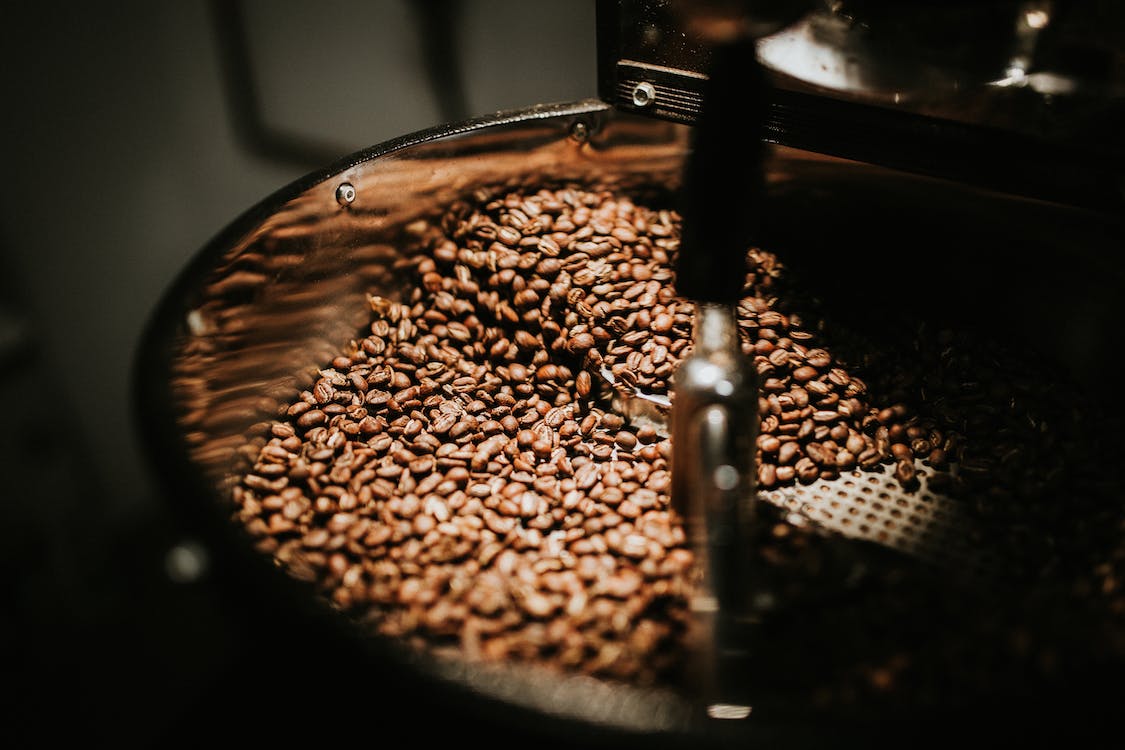
FAQ About Coffee

How is coffee harvested?
Coffee harvesting involves the selective collection of ripe coffee cherries from the coffee plants. There are primarily two methods of coffee harvesting: selective picking and strip picking. The method chosen depends on factors such as the coffee variety, terrain, labor availability, and desired quality. Here's an overview of both methods:
Selective Picking (Hand-Picking):
- Selective picking is the most common method used for harvesting specialty coffee, particularly Arabica beans.
- Skilled workers, often referred to as coffee pickers, manually inspect the coffee plants and selectively pick only the fully ripe cherries.
- The pickers carefully examine each branch, harvesting the cherries in a selective manner to ensure only the highest-quality ones are collected.
- This method is time-consuming and labor-intensive, but it ensures that only the ripest cherries are harvested, resulting in a higher-quality coffee with better flavor and aroma.
Strip Picking (Mechanical Harvesting):
- Strip picking is a mechanized method used for harvesting coffee, typically employed in large-scale commercial operations or for Robusta coffee.
- Mechanical harvesters or strippers are used, which straddle the coffee rows and use rotating mechanisms to strip off the entire cluster of cherries from the branches.
- This method allows for faster harvesting and can cover large areas quickly, but it is less selective, resulting in a mix of ripe and unripe cherries being collected.
- Strip picking is more efficient in terms of time and labor, making it suitable for coffee farms with flat terrain and high-volume production requirements.
After the cherries are harvested, they undergo further processing to remove the outer layers and extract the coffee beans. The specific processing method can vary depending on regional traditions and desired flavor profiles. Common processing methods include wet (washed) processing, dry (natural) processing, and semi-washed (pulped natural or honey) processing.
It's worth noting that some coffee-producing regions may also employ a combination of both selective picking and strip picking methods, adapting to local conditions and balancing efficiency with quality considerations.
